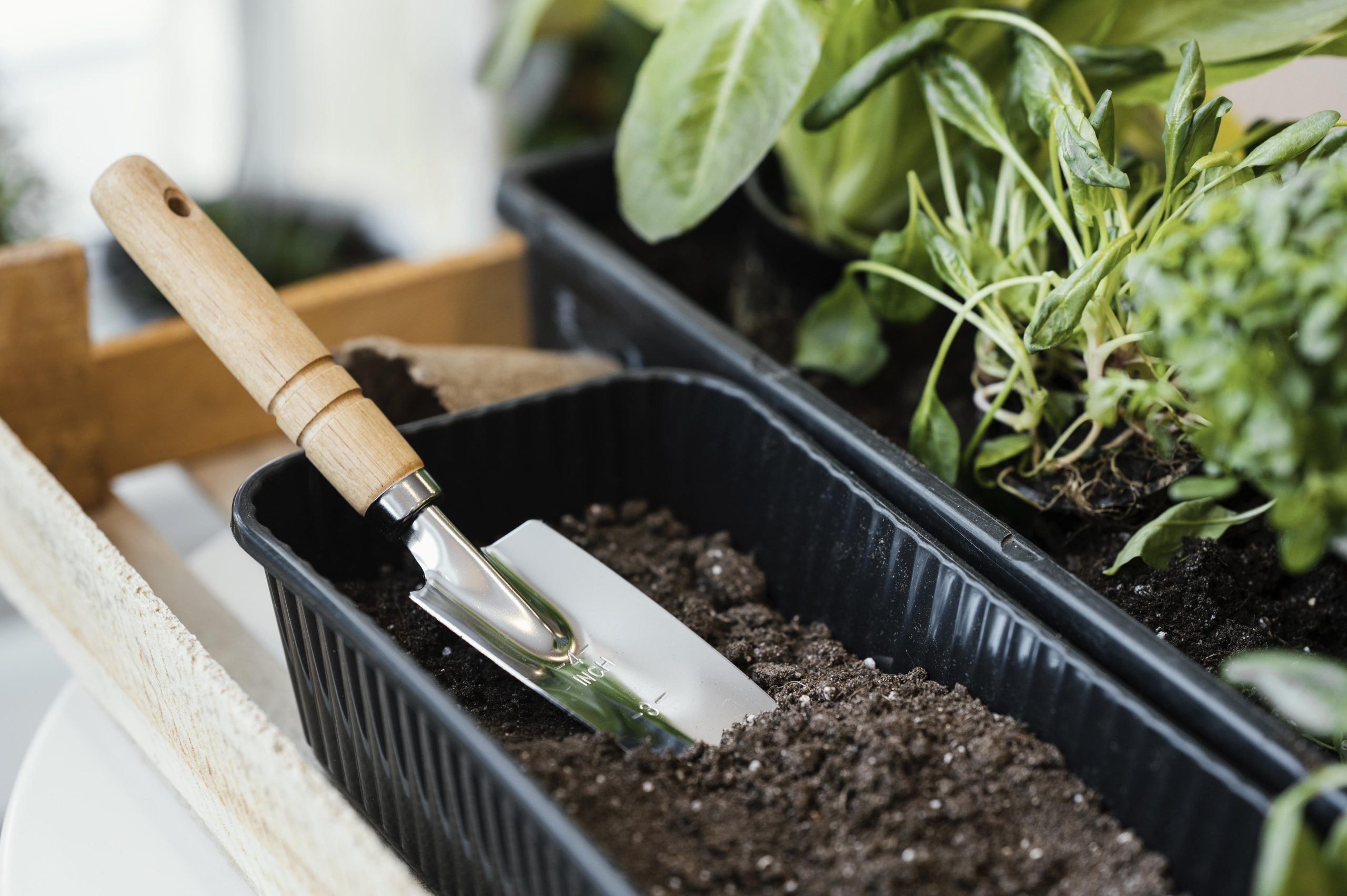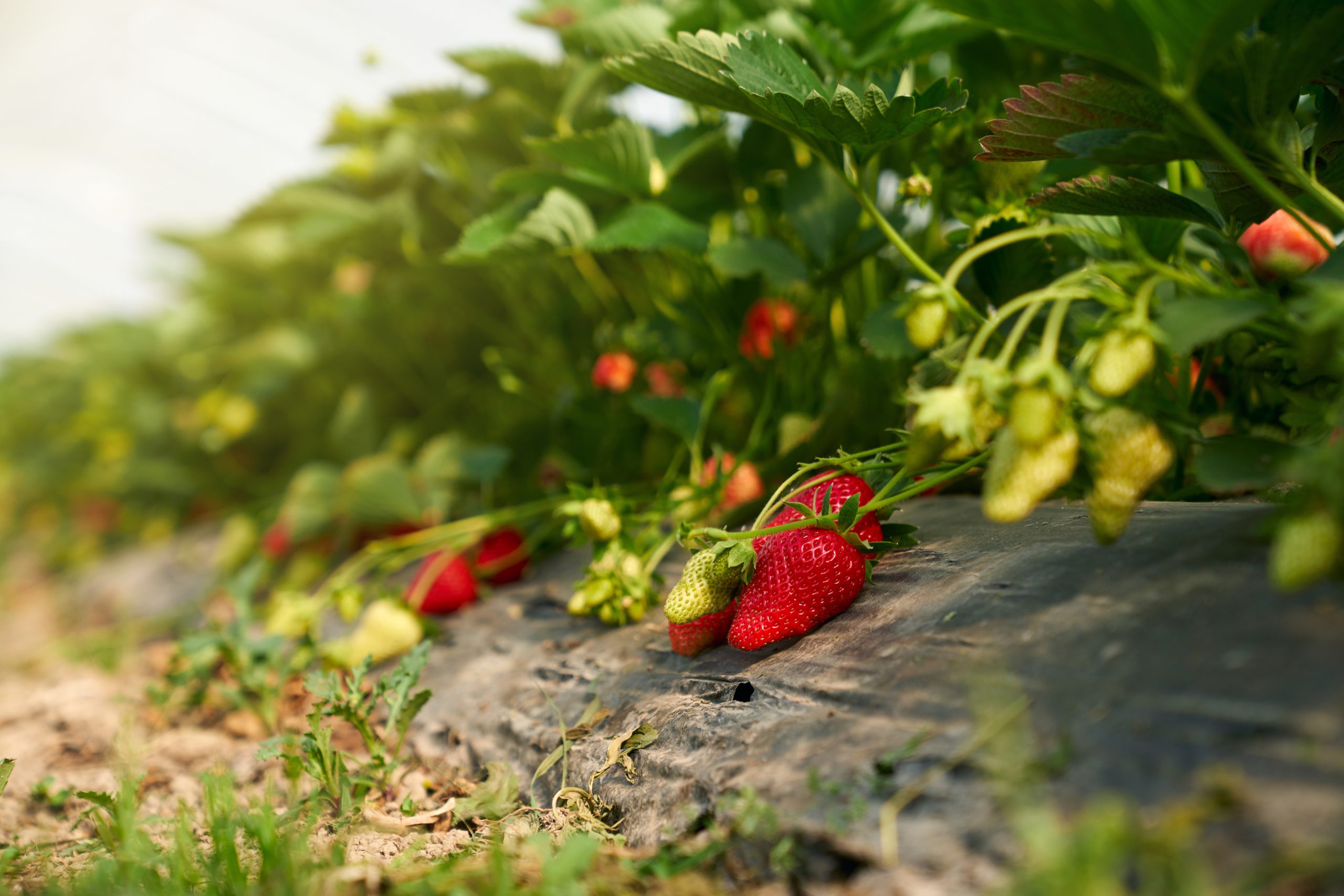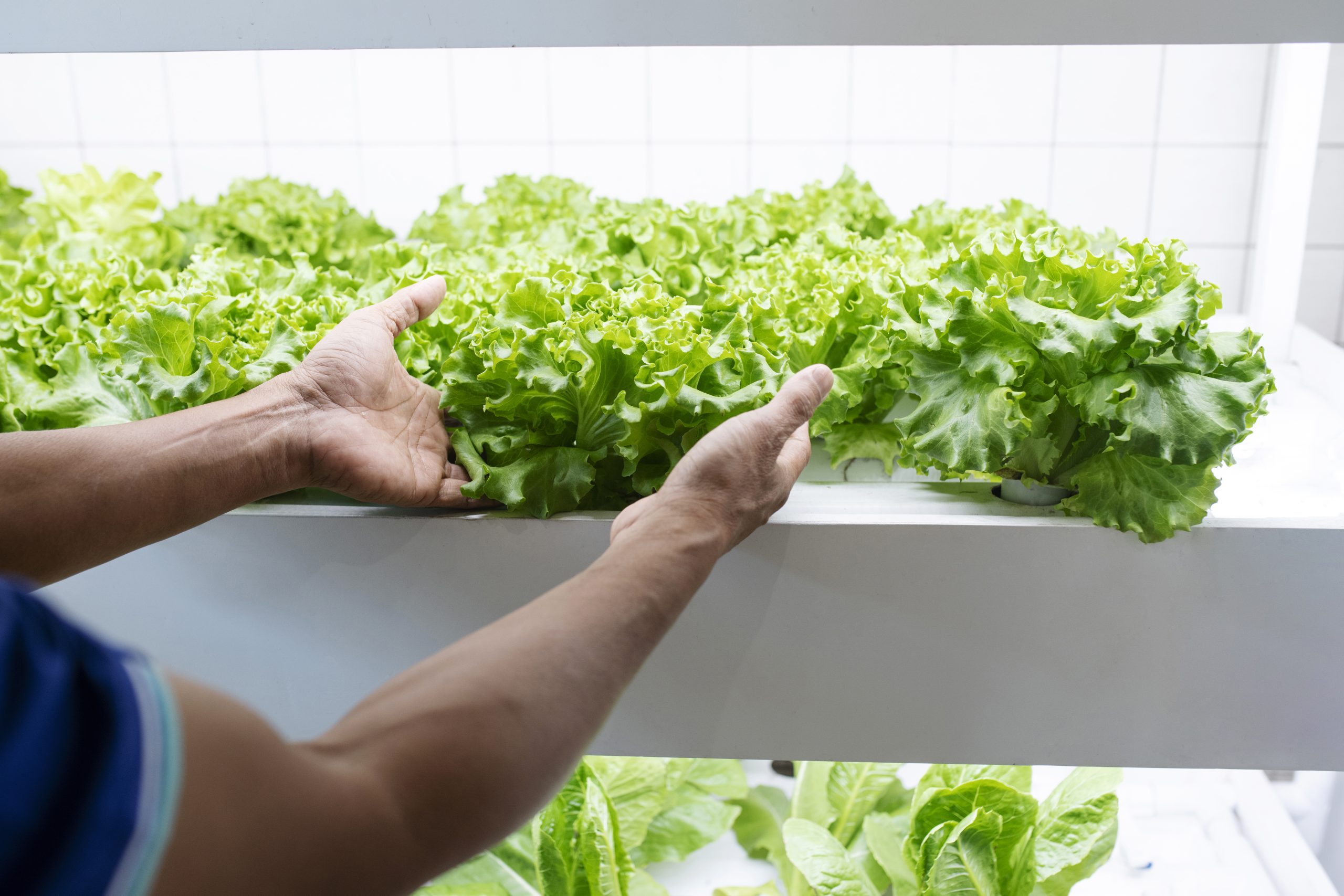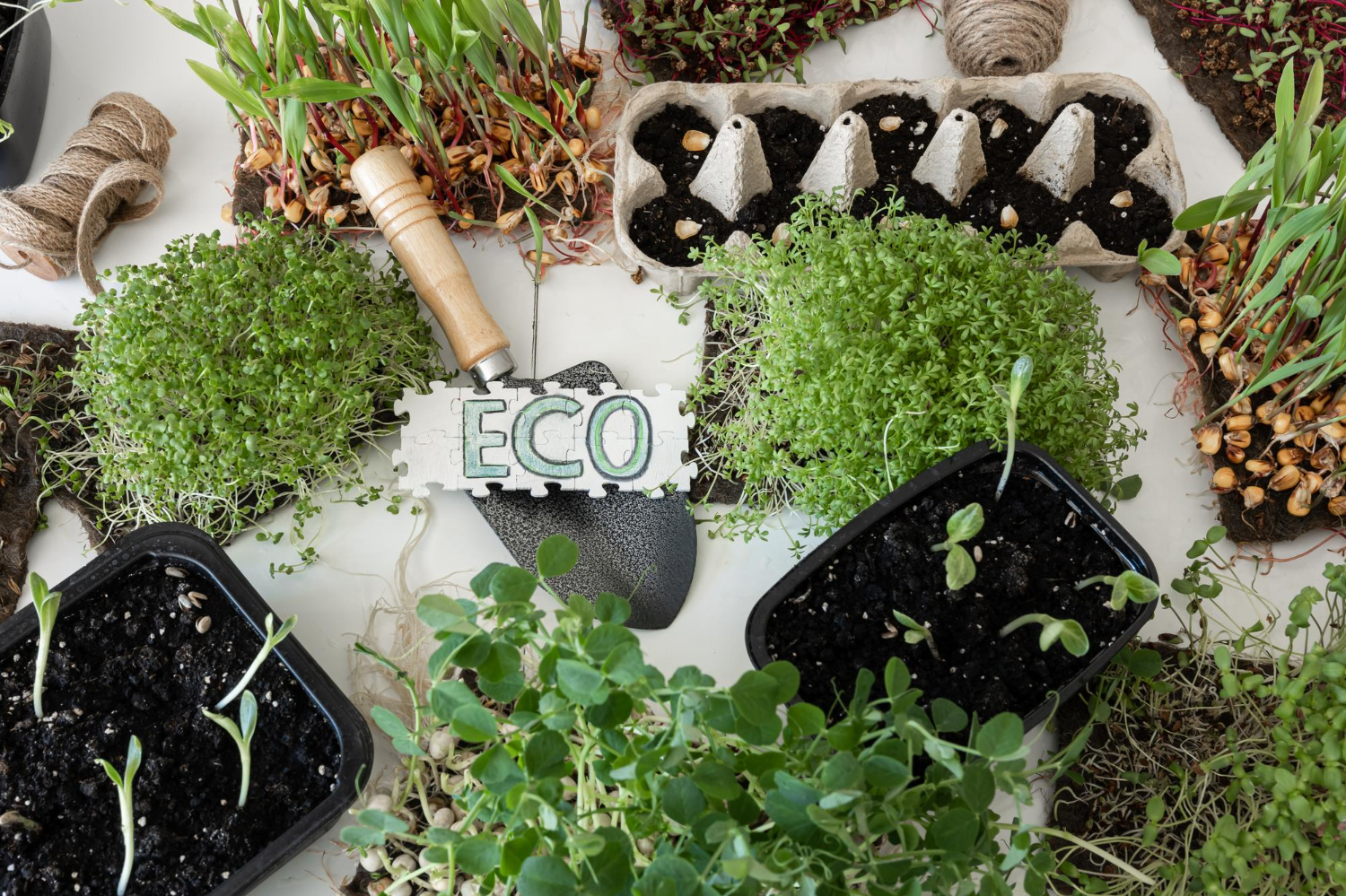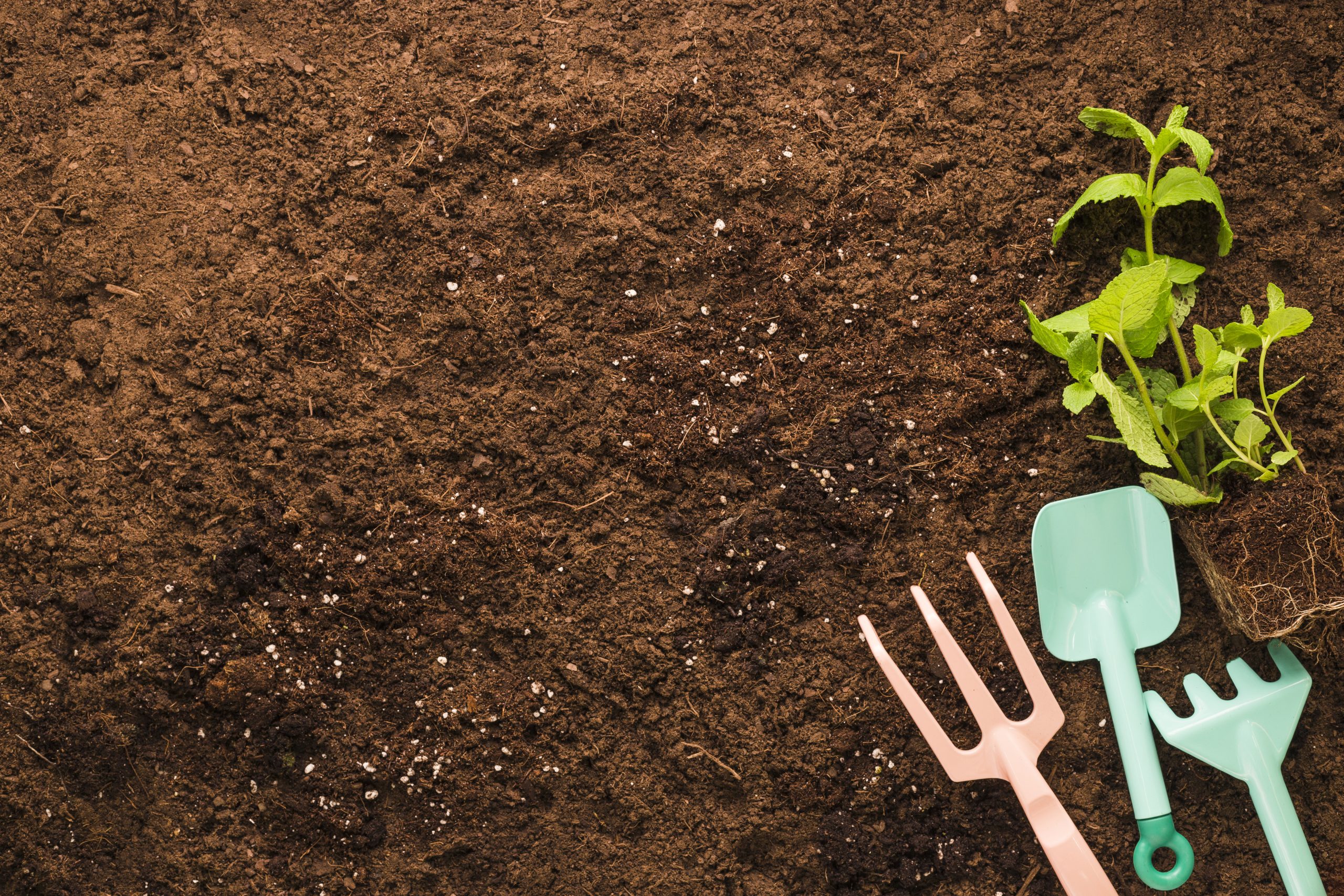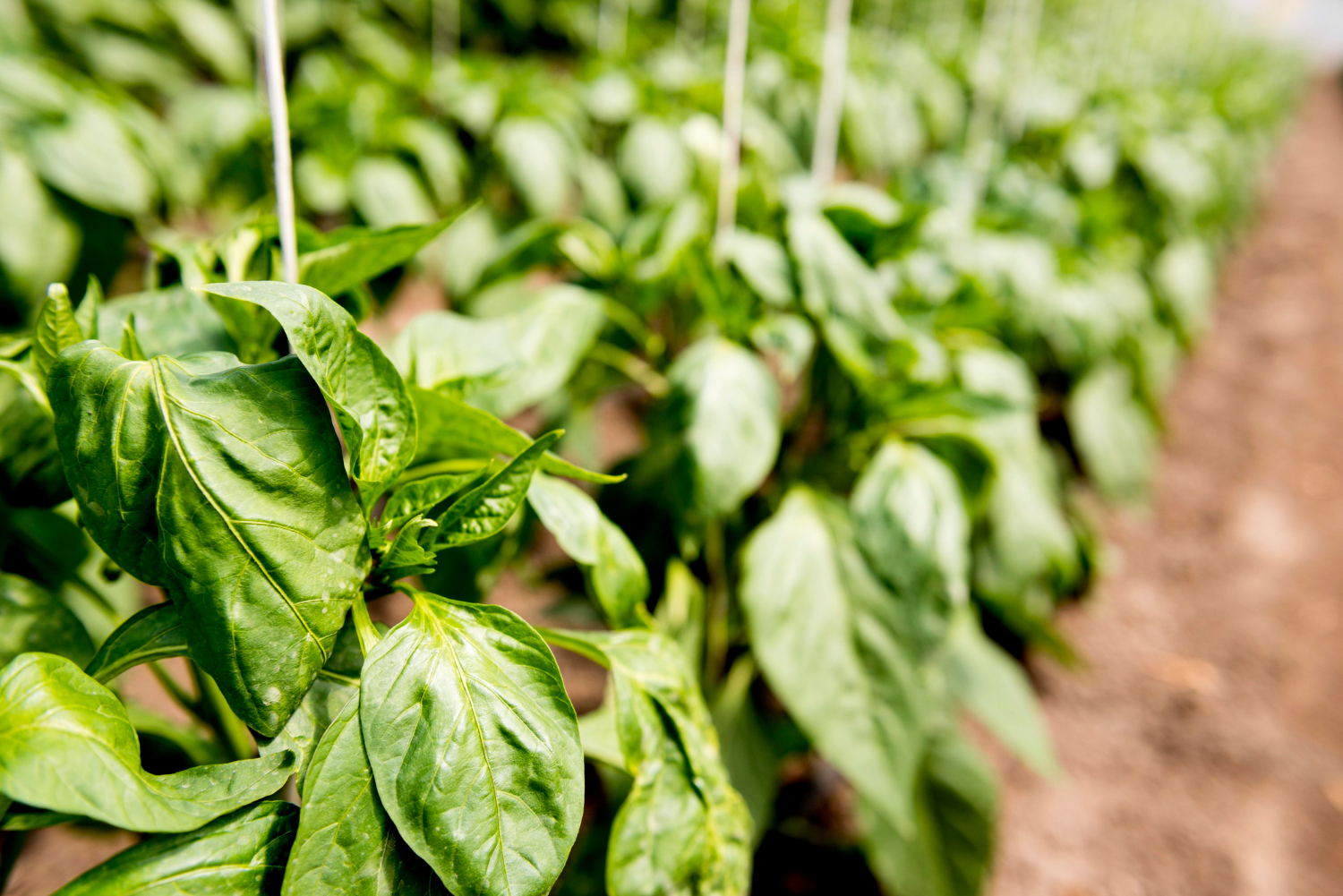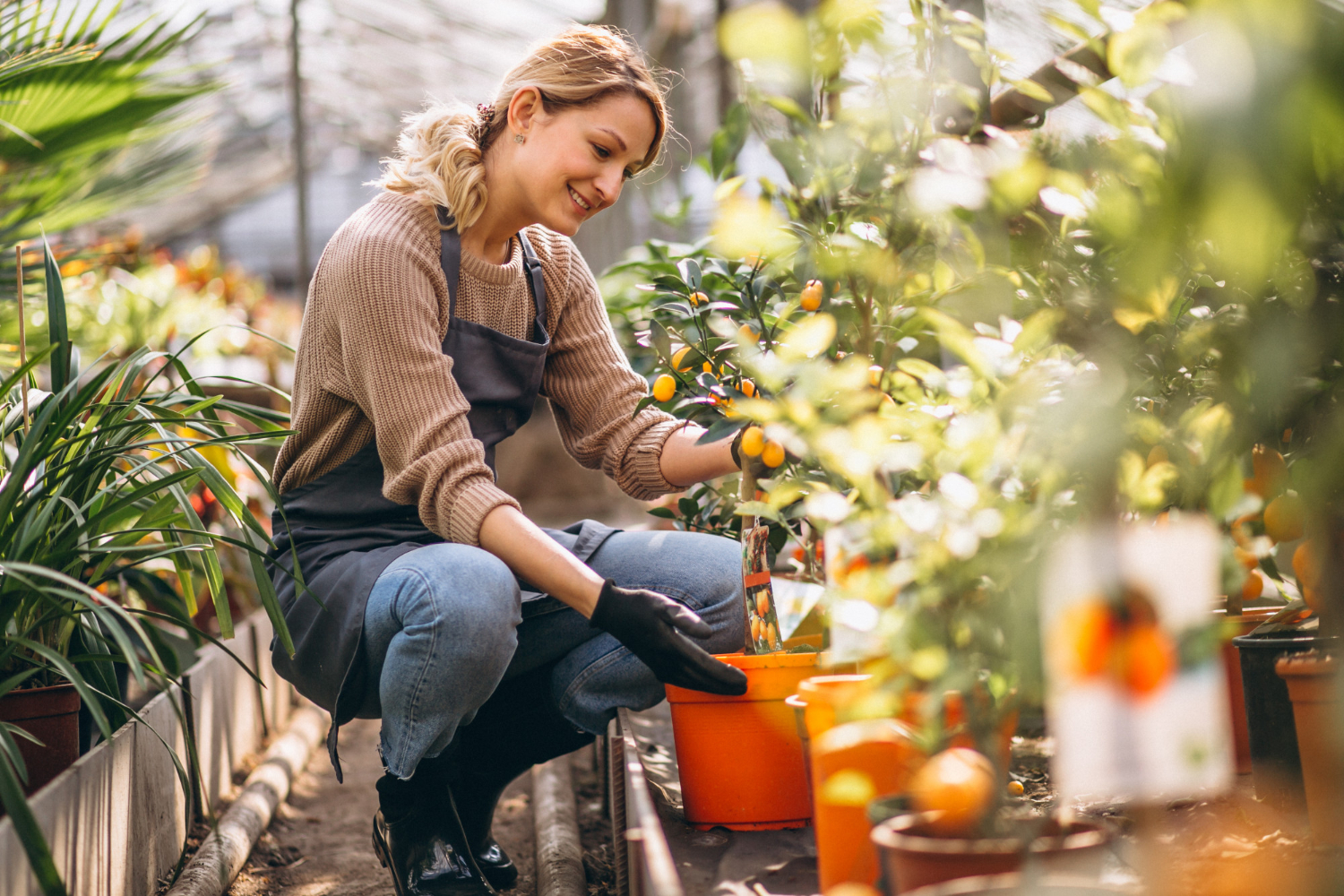Tomato watering: The best way to do it
Sept. 5, 2023
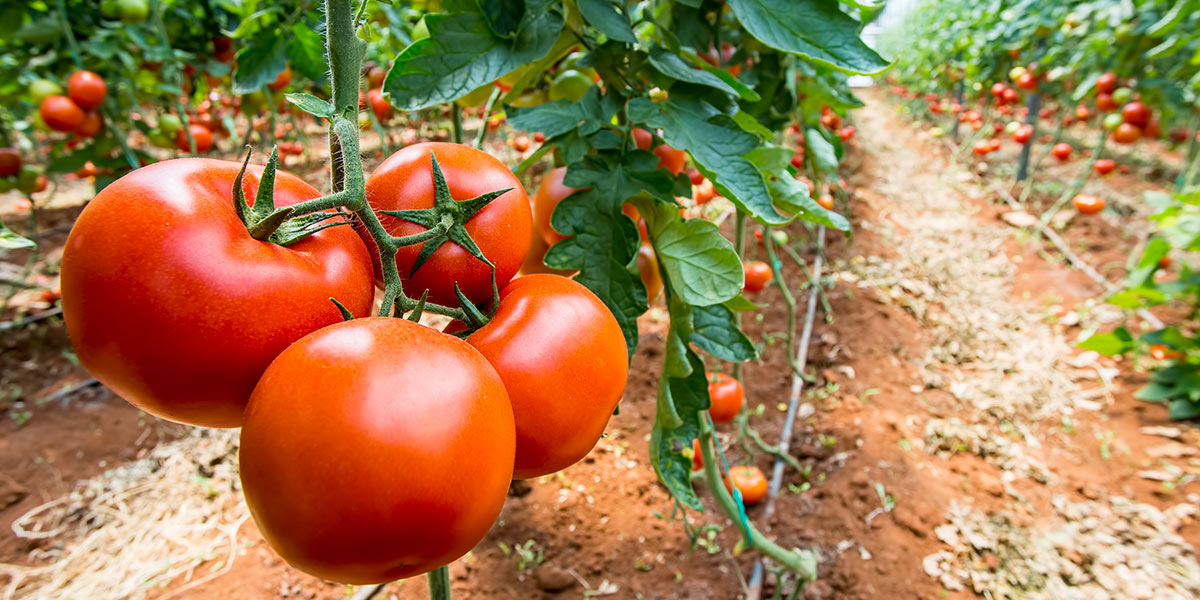
We can safely say that the tomato is the most attractive vegetable in the community garden, its red colour makes us very happy when we see it in our small garden and even more so knowing that we are going to enjoy its unique flavour.
This same colour makes it more attractive and we have to take special care, especially with the watering of the tomato, so that it does not become a source of fungus or other pests.
Despite being a summer vegetable, greenhouses produce them all year round and we can also achieve this by giving them the necessary protection and care that we are going to talk about in this post.
Before going directly to the irrigation of tomatoes, you have to prepare (if you don't already have it) the soil where your tomatoes will grow.
Remember that the ideal is to have a balanced soil, i.e. with similar amounts of sand, clay and silt, with its contribution of nutrients in the form of compost (which we can prepare ourselves) to allow an adequate balance between permeability and water retention capacity.
So, let's move on...
Publish your garden for free today
How do I water tomatoes?
The tomato plant is a vegetable that is protected upwards to protect its fruit and encourage its growth, so that the soil can be left free to control the water we provide it with.
The first thing we are going to look at is:
Frequency of tomato irrigation
- In summer: Every day.
- In spring: About twice a week
How to irrigate tomatoes.
- Tomatoes should be watered slowly, in short cycles and regularly so that the water soaks into the soil for 15 to 20 cm and keeps it moist. But without waterlogging.
- For this reason, drip irrigation is ideal for this vegetable.
Protection of tomato plants
- Our beloved tomato plants will need extra support.
- Tomato is another plant that needs special care, in its development stage it needs between 23º C and 27º C during the day, 16º C to 25º C at night; and the plant freezes at 2º degrees below zero.
- In addition, for good germination, the soil should be between 15ºC and 20ºC.
- For them to develop properly we should protect them.
- If we pay attention to these data, and compare them with the usual temperature conditions in summer or winter, we see that in order for the crops to develop properly, we should protect the tomato plants both in summer and winter.
- In winter, the tomato plants are covered with transparent nylon when it is very cold, so that the sun's heat does not escape and the temperature rises. Conversely, in summer, it is covered with something to shade it so that the sun's rays do not "burn" it.
/*! elementor - v3.15.0 - 09-08-2023 */ .elementor-widget-image{text-align:center}.elementor-widget-image a{display:inline-block}.elementor-widget-image a img[src$=".svg"]{width:48px}.elementor-widget-image img{vertical-align:middle;display:inline-block}Schematic drawing of how to protect the tomato plants, although the height must be higher to be able to get inside.
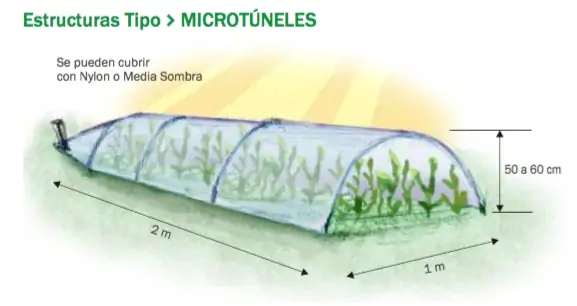
Drawing from the book "Irrigation and protection of garden crops" by Juan Sebastián chiapella - Graduate in Environmental Health.
And last but not least..... some tips will be:
- Do not water at night (as the temperature drops at night and this humidity favours the proliferation of fungi). )
- Mulching (e.g. straw or dry leaves) will help to keep moisture away from the stem and leaves.
- Do not wet the leaves or fruits, watering should always be done in the soil (even if you see the leaves are overripe). Water helps it to absorb nutrients through its roots, it will not need it anywhere else.
With all these tips you will have tomato plants that will be the joy of your garden and if you want to share or contribute any idea about tomato irrigation we are waiting for you in Gardenphy.
Latest posts
